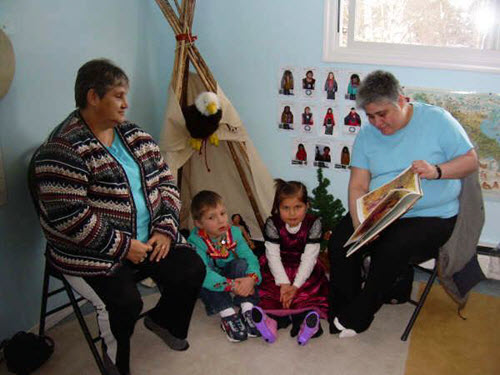Overview
Literacy is an everyday part of family and community social practices. There are different models of family literacy that help understand what beliefs about family literacy lie behind many popular programs. This project focused on exploring the idea of family and community literacy from an Aboriginal world view.
Aboriginal Family and Community Literacy Curriculum was designed as a series of six workshops offered online. The first workshop introduced the concept of family and community literacy in the context of Aboriginal teaching. The second workshop looked into important concepts and processes related to Aboriginal approaches to learning and literacy, concepts that had been foundational to Aboriginal learning for thousands of years. The third workshop offered some concrete suggestions for planning, designing, implementing and evaluating initiatives and programs. In the fourth workshop, the participants were oriented to the ways to support young Aboriginal children with literacy practices associated with schooling, honouring their language, culture, values and traditions. The focus of the fifth workshop was on storytelling and how it could be incorporated into early childhood learning settings. The final, sixth workshop concluded the series with a recommendation of four models that could support initiatives for building positive communication and community relationships in sites such as Aboriginal Head Start.
Goals
The goal of the workshops was to examine the best practices in family literacy and the ways those could support Aboriginal families and literacy programming.
Deliverables
Each workshop led the participants from theoretical understanding of the concepts to applying those in their own context. In addition to the content posted in the blog, the online materials for every workshop included PowerPoint presentations, additional resources and activities where the participants were asked to put their learning into practice. The workshops ended with the opportunities for reflection and sharing ideas and work.
The participants in these workshops were members of larger Aboriginal communities, not exclusive to educators. The challenge was not to discourage community members who didn’t have the technical skills or equipment to take part in the workshops. Therefore, all the materials that were posted on the blog were offered as a print package as well. The process of sharing ideas and reflecting using the comments function of the blog seemed to be difficult for a number of the participants. After the first offering in this format, the content was moved to LMS (Learning Management System) where the the main communication tool was the discussion forums, which worked better. The limitation of using LMS as opposed to the blog was the limited access to the materials. While the blog was open to anyone, the participants needed to register for the “course” on the LMS. Despite this limitation, the move to the LMS resulted in richer and deeper conversations.
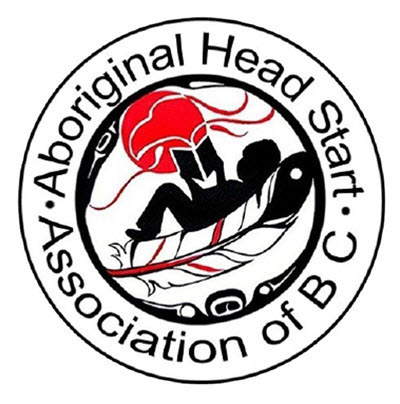

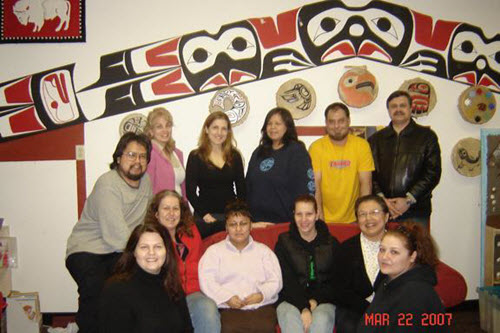

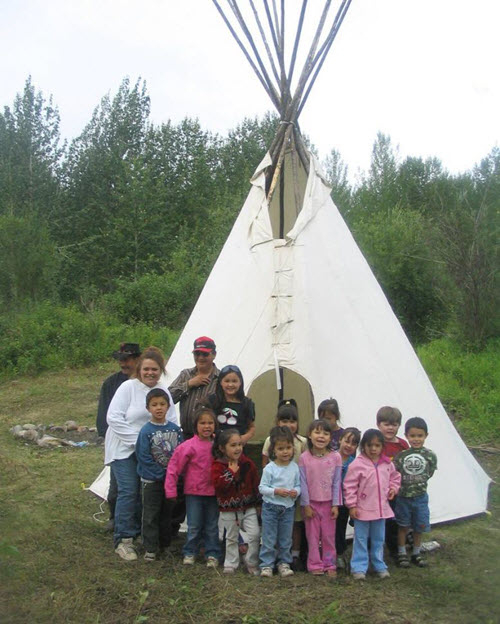
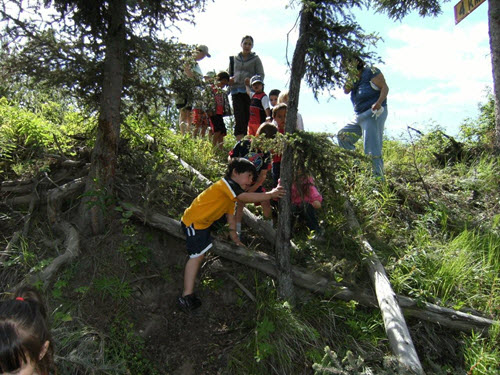
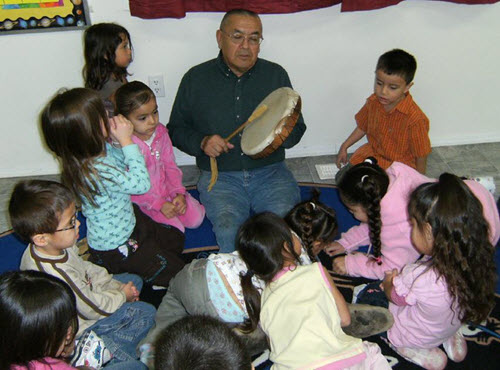
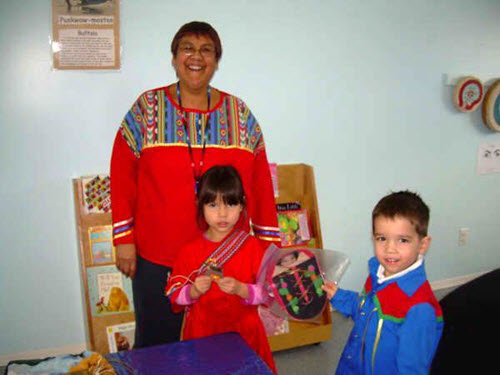
This text will automatically change to the first data-caption value in the list.
Project Team
Project Management
Natasha Boskic, Educational Technology Manager, EPLT
Content and Academic Oversight (PI)
Jan Hare, Associate professor, Department of Language and Literacy Education (LLED), Faculty of Education, UBC
Instructional Design
Sharon Hu, Instructional Designer, EPLT
Technical Support
Adam Rattray, User Support Specialist, EPLT
